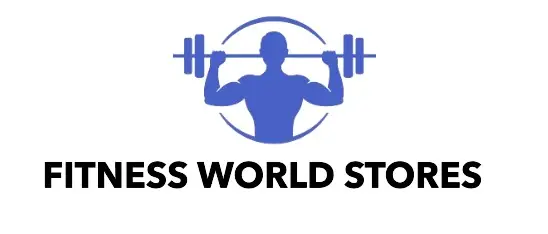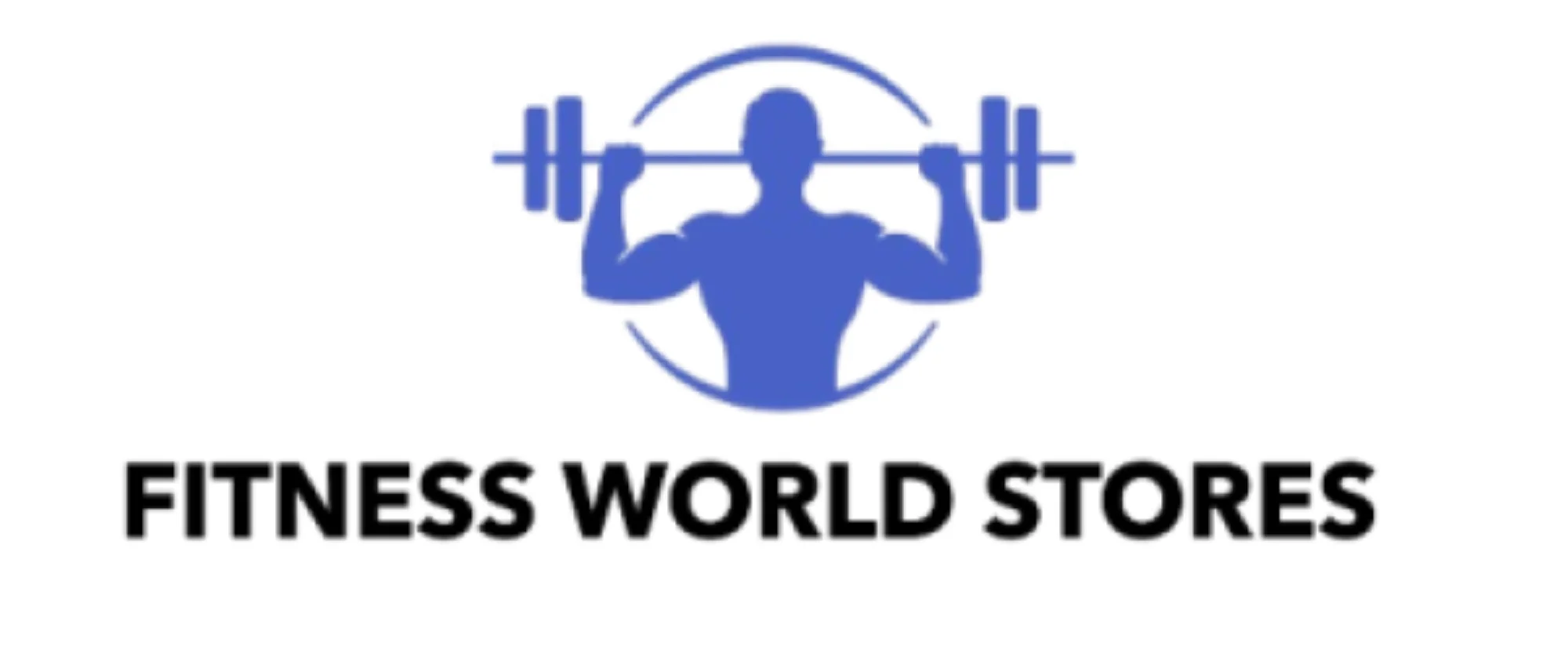Selecting appropriate exercise equipment plays a crucial role in achieving fitness goals effectively. A well-chosen weight set serves as the foundation for strength training success, making proper selection essential for both beginners and experienced fitness enthusiasts.
Understanding Weight Set Types
Beginning a fitness journey requires knowledge about different weight set options available in the market. Fixed dumbbells offer reliability and durability for consistent training, while adjustable sets provide versatility through weight modifications. Plate-loaded systems allow gradual progression as strength increases, making them suitable for long-term fitness commitments.
Assessing Your Fitness Level
Matching a weight set to current fitness capabilities ensures safe and effective workouts. Newcomers to strength training benefit from lighter weights that allow proper form development. Experienced athletes might need heavier options to continue challenging their muscles and making progress.
Space Considerations
Home gym setup requires careful planning regarding available space. Compact adjustable weight sets work well in smaller areas, while complete dumbbell racks need more room. Storage solutions help maintain organization and safety, particularly important in shared living spaces.
Quality and Construction
Investing in durable equipment prevents future replacement costs. High-quality weight sets feature solid construction materials, secure locking mechanisms, and comfortable grip surfaces. Chrome-plated or rubber-coated weights resist rust and protect flooring from damage during use.
Progressive Overload Potential
Successful strength training depends on gradual weight increases over time. A good weight set provides room for progression through either additional plates or higher-weight options. Planning for future strength gains ensures the equipment remains useful throughout a fitness journey.
Intended Exercise Types
Different workouts require specific equipment characteristics. A comprehensive weight set allows various movement patterns, from basic curls to complex compound exercises. Considering planned workout styles helps narrow down appropriate weight options.
Budget Planning
Quality exercise equipment represents a valuable investment in health. While premium weight sets carry higher initial costs, their durability and features often justify the expense. Entry-level options still provide effective workout tools while fitting more modest budgets.
Safety Features
Proper safety mechanisms protect users during workouts. Secure weight locks prevent plates from sliding during exercises, while knurled handles provide a reliable grip even with sweaty hands. Safety features become increasingly important as weights get heavier.
Maintenance Requirements
Regular equipment care ensures long-term usability. Most weight sets need minimal maintenance beyond regular cleaning and occasional tightening of fasteners. Understanding care requirements helps maintain equipment safety and functionality over time.
Complementary Equipment
Supporting accessories enhance workout effectiveness. Weight benches, storage racks, and floor protection mats complement a weight set by enabling more exercise variations and protecting home surfaces. Planning for additional equipment needs helps create a complete workout space.
Growth Potential
As fitness levels advance, equipment needs often change. Selecting a weight set with expansion possibilities accommodates future progress without requiring complete replacement. Modular systems allow adding components as needed.
Conclusion
Choosing appropriate strength training equipment requires careful consideration of multiple factors. A well-selected weight set provides the tools needed for effective workouts while accommodating future progress. By considering personal needs, space limitations, and quality requirements, finding the right equipment becomes manageable and rewarding.


